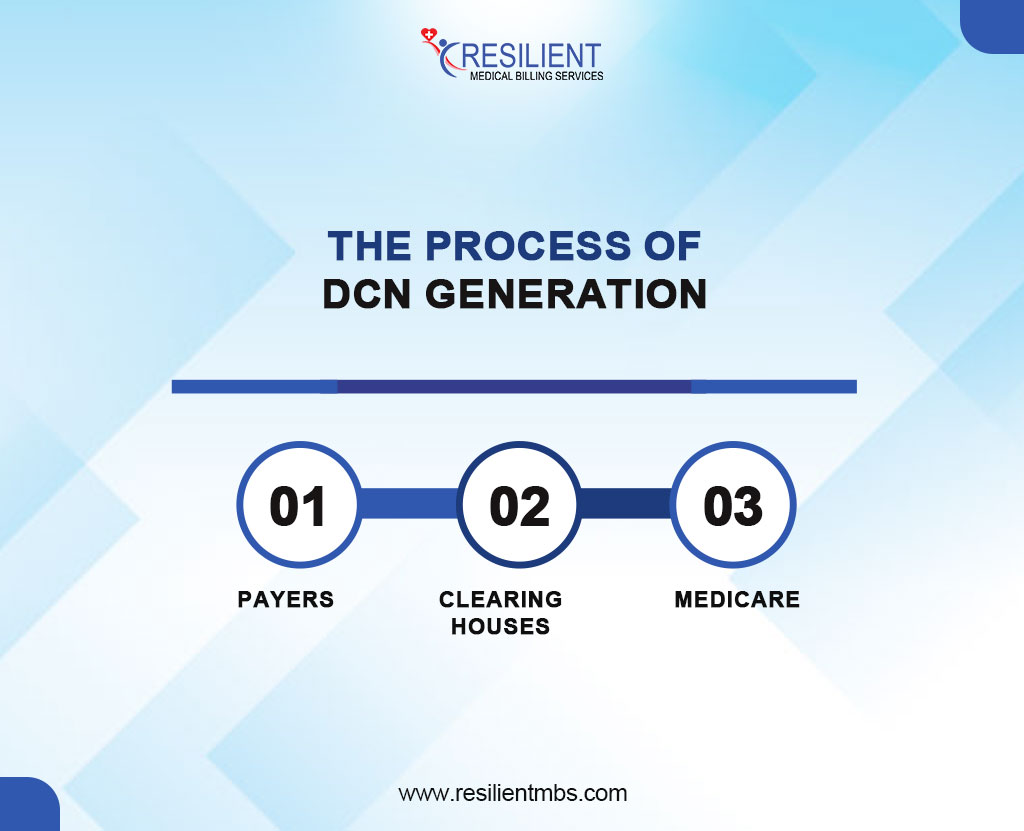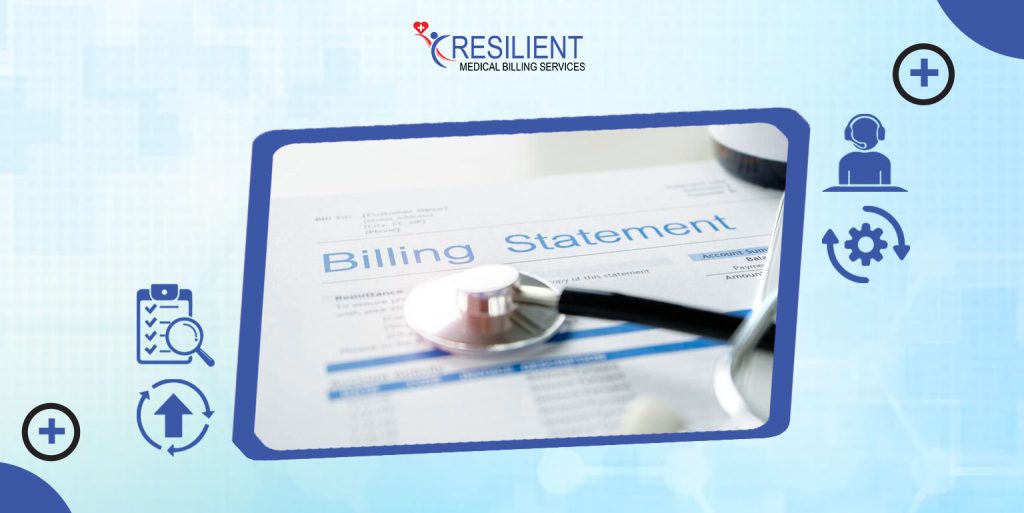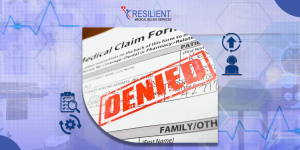Medical billing can be a maze of codes, forms, and steps that must match to guarantee healthcare providers are paid. Behind the scenes, much of that efficiency depends on something that might seem small but plays a massive role: accurate documentation and the use of unique tracking identifiers.
These identifiers organize claims, eliminate costly errors, and ensure provider-payer alignment. CMS reports that billing errors cause billions of dollars in inappropriate payments each year, often owing to claim tracking and documentation imperfections.
The American Medical Association (AMA) reports that administrative complexity in medical billing accounts for 25% of U.S. healthcare spending, demonstrating the importance of effective billing.
One key tool that helps manage this process is the Document Control Number (DCN). This number is vital for tracking and managing the flow of claims and important documents
throughout the healthcare system.
In this guide, we’ll take a closer look at what a DCN is, how it functions in medical billing, and how it compares to other commonly used identifiers.
What is a DCN Number in Medical Billing?
A Document Control Number (DCN) is a unique identifier assigned to a specific document or claim within the medical billing system. The DCN serves as a reference number that helps to track and manage the document as it moves through various stages of the billing and reimbursement process.
The DCN is essential for tracking and processing claims, serving as a reference that helps billers, insurers, and providers monitor claim status and link documents efficiently throughout the billing cycle.
Difference Between DCN and Other Identifiers (Like Claim Numbers)
Originally assigned to specific documents—such as original claims, appeals, or revised entries—the Document Control Number (DCN) is a unique ID.
Unlike a claim number, which follows a whole claim and may pertain to several documents, the DCN monitors each document especially to guarantee correct processing. In medical billing, both are crucial; but, the DCN guarantees exact document-level tracking.
The Process of DCN Generation
The Document Control Number (DCN) is a unique identifier assigned to medical claims during the billing process, ensuring claims are efficiently tracked through submission, validation, and payment.

How DCNs are Created
DCNs are generated by payers, clearinghouses, or Medicare:
Payers: Insurance companies create DCNs to track claims.
Clearinghouses: Act as intermediaries, generating DCNs when claims are submitted and ensuring proper formatting.
Medicare: Assigns DCNs for claims processed by Medicare Administrative Contractors (MACs).
Importance of DCN in Billing
The Document Control Number (DCN) is a unique identifier assigned by insurance payers to each claim upon receipt. It enables both providers and payers to accurately track, review, and reference claims throughout the billing process.
DCNs are needed for claim audits, corrections, and appeals. They enable precise claim data retrieval, link reprocessed claims to originals, and provide accurate dispute reference, simplifying resolution and accountability.
DCNs track claim activity to improve billing accuracy and regulatory compliance. This reduces errors, detects discrepancies, and assures payment and legal compliance of papers.
How to Obtain a DCN Number
Providers might need a DCN to check on claims, fix mistakes, get ready for audits or appeals, match payments, find duplicates, or fix problems with remittance tips.
Providers can get in touch with the insurance company through provider care lines or portals to get a DCN. The DCN is also often written on papers called Electronic Remittance Advice (ERA) or Explanation of Benefits (EOB). Instead, more advanced billing tools can store DCNs so they are easy to find.
To get a DCN, providers need to give important information like the patient’s name, the date of service, the provider NPI, the amount billed, and the claim number. Accurate paperwork helps make sure that claims are handled correctly and quickly.
Best Practices for DCN in Medical Billing
Here are best practices for effectively managing DCNs:
- Centralized System: Use secure EHR or billing software for easy access and retrieval of DCNs.
- Access Control: Restrict DCN access to authorized personnel to prevent data breaches.
- Regular Backups: Ensure encrypted backups to protect data from loss.
- Audit Trails: Keep detailed logs of DCN actions for compliance and accountability.
Final Words!
Medical billing effectiveness depends on understanding and using Document Control Numbers (DCNs). A DCN gives each claim a unique identity and helps with tracking, follow-up, and appeals.
Medical billing professionals can reduce errors, administrative hassles, and claim processing times by following DCN tracking, storage, and use best practices. Avoiding typical mistakes and systematizing DCN administration improves revenue cycle efficiency.
To increase medical billing and DCN accuracy, get in touch with Resilient MBS now. Our fluent billing team offers consistent, compliant, results-oriented services.










